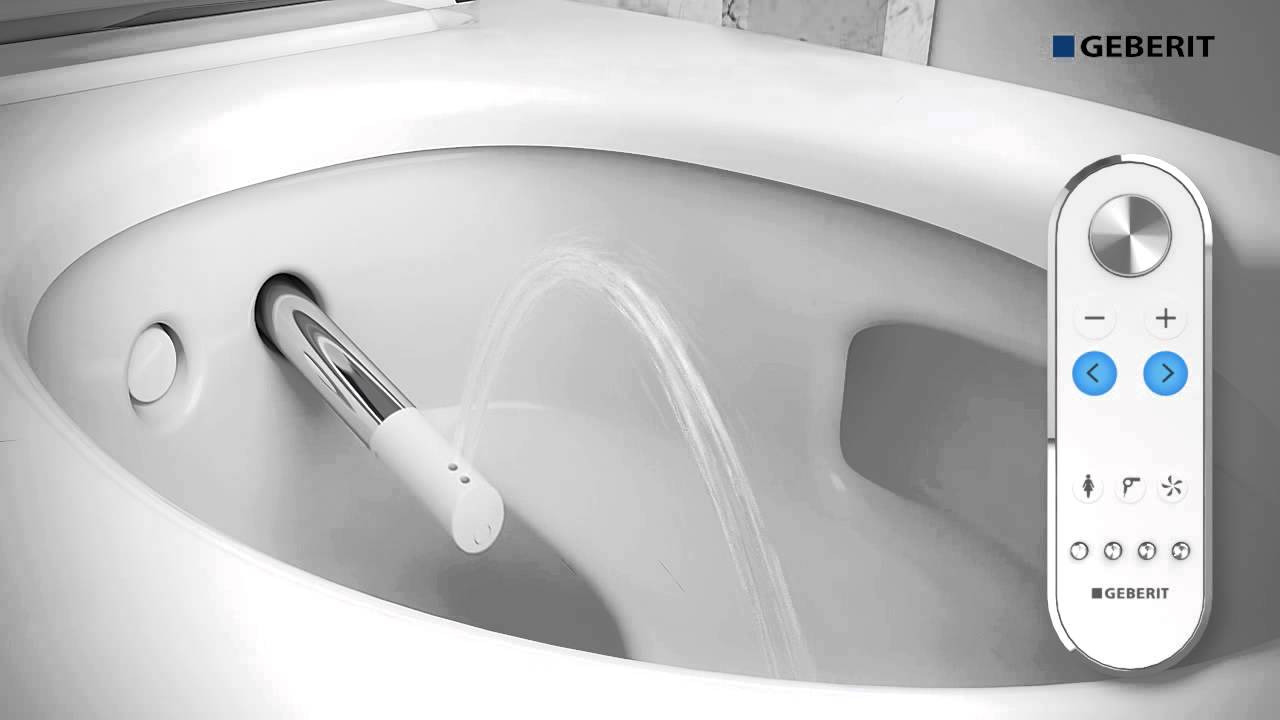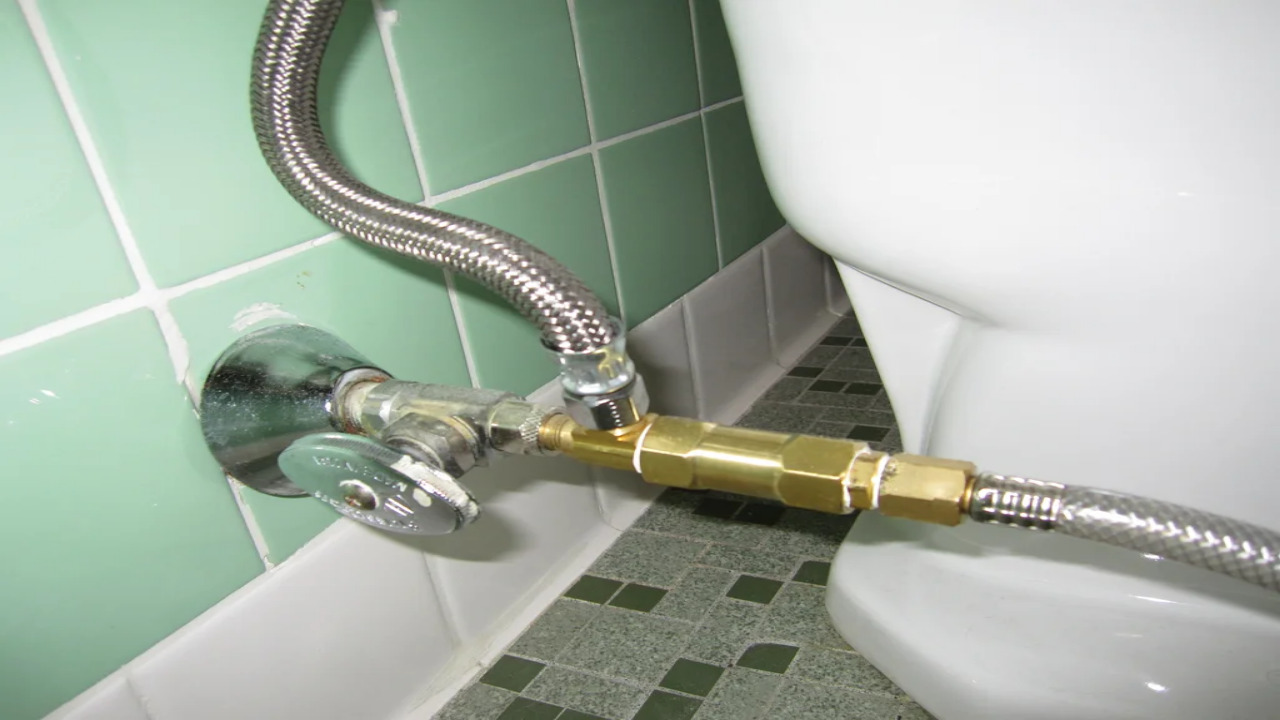A shower toilet, also known as a bidet toilet, is a type of toilet that combines the functions of a traditional toilet and a bidet. It is a popular bathroom fixture in many parts of the world, particularly in Asia and Europe. A shower toilet looks and functions like a regular toilet, but it also has a built-in bidet feature that allows for a more thorough cleaning experience. The bidet feature of a shower toilet is typically located on the back rim of the toilet bowl. It is a small nozzle that extends from the back of the toilet and can be adjusted to target different areas of the body. The nozzle is usually controlled by a remote or a panel on the side of the toilet. This panel allows the user to adjust the water temperature, pressure, and nozzle position.
How Does It Work?

The shower toilet (dusch-wc) works by spraying a stream of water onto the user’s genitals or anal area after they have finished using the toilet. The user can adjust the water pressure and temperature to their preference, and the nozzle can be moved to target different areas of the body. This process provides a more thorough cleaning than traditional toilet paper, and it is also more hygienic.
Shower toilets are often equipped with additional features to enhance the user’s experience. For example, some models have a warm air dryer that can be used to dry the user after they have finished cleaning themselves. Others may have a deodorizer or air purifier that helps to eliminate unpleasant odors from the bathroom.
Benefits of a Shower Toilet

One of the benefits of a shower toilet is that it can help to reduce the amount of toilet paper that a person uses. This is not only better for the environment, but it can also save money in the long run. Additionally, a shower toilet provides a more hygienic cleaning experience, which can help to reduce the spread of germs and bacteria.
Installing a Shower Toilet

Installing a shower toilet in a bathroom is a relatively simple process. Most models are designed to fit into a standard toilet rough-in, which means that they can be installed in the same space as a traditional toilet. Some models may require additional plumbing or electrical work, but this will depend on the specific model and the bathroom layout.
There are many different types of shower toilets available on the market, and the features and functions can vary greatly between models. Some models may be more basic and only offer a few features, while others may have a wide range of advanced functions. The cost of a shower-toilet can also vary greatly, depending on the model and the features that are included.
Conclusion
In conclusion, a shower toilet is a bathroom fixture that combines the functions of a traditional toilet and a bidet. It works by spraying a stream of water onto the user’s genitals or anal area after they have finished using the toilet. This provides a more thorough cleaning than traditional toilet paper and is also more hygienic. Shower toilets are available in many different models, with a wide range of features and functions, and they can be installed in most bathrooms with relative ease.
